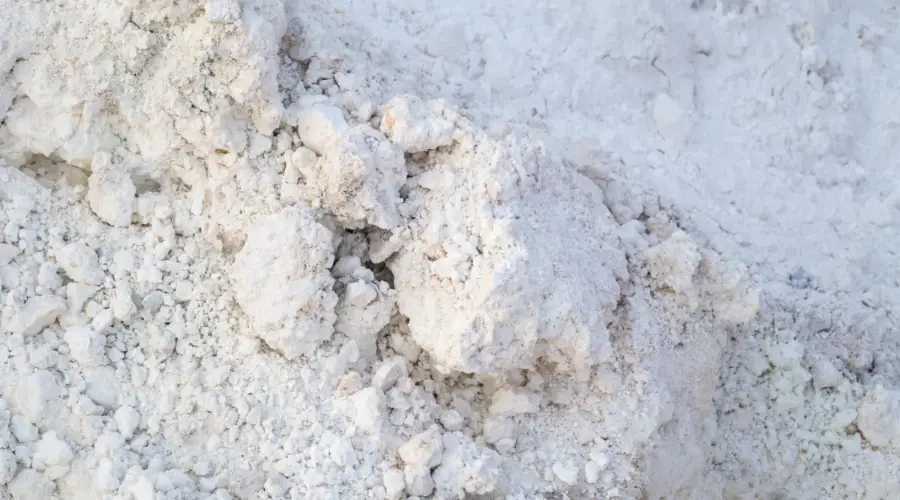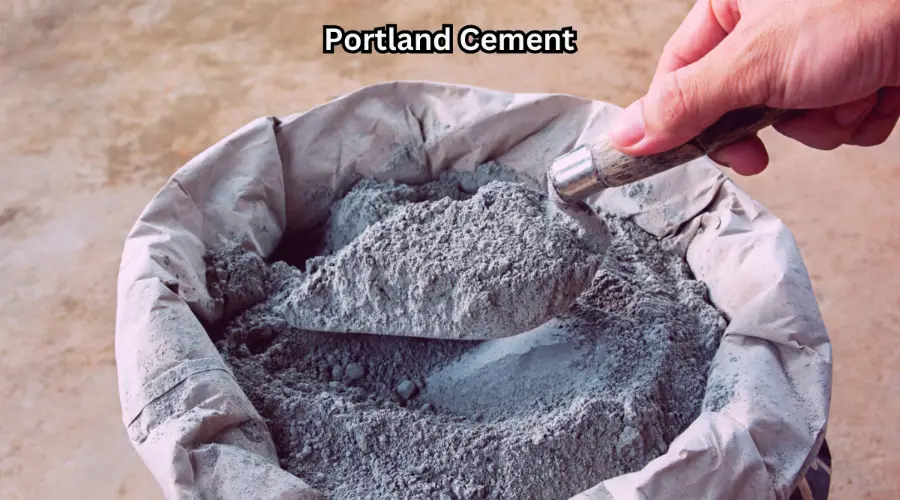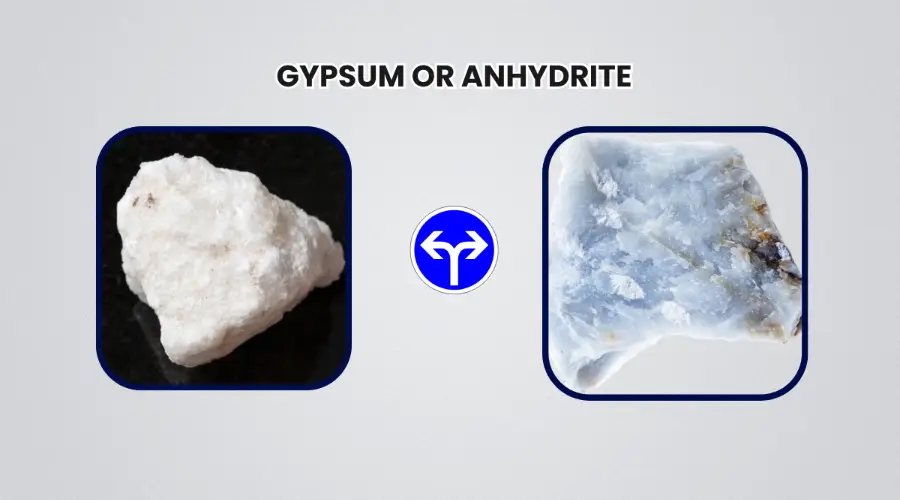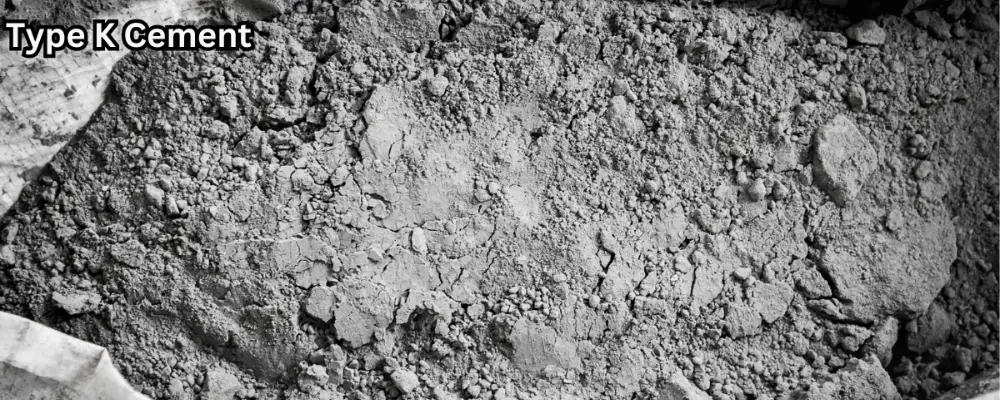Cracks in concrete have always been a headache for engineers and contractors. They compromise structural integrity and lead to expensive repairs. These will reduce the overall lifespan of projects. In search of finding the right solution, Type K Cement has emerged as a game changer. It is a specialized cement designed to tackle cracking issues head-on.
Type K Cement has shrinkage-compensating properties. It provides an innovative solution, making it the go-to material for durable and aesthetically pleasing construction. This read explores all about Type K Cement, including its composition and benefits. If you are curious about advanced construction materials, this guide will help you understand why Type K Cement is a great choice.
What is Type K Cement?
Type K Cement is a shrinkage-compensating cement. It is used to minimise cracks in concrete structures. Regular Portland cement shrinks when it dries and hardens. Type K Cement undergoes controlled expansion during the curing process.
This expansion compensates for drying shrinkage to ensure a crack-free concrete surface. So, it is a perfect choice for projects requiring durability and aesthetics.
Composition of Type K Cement
The magic of Type K Cement lies in its unique composition. It is formulated using various critical components, each playing a specific role in its shrinkage-compensating properties.
Calcium Sulfoaluminate:

This compound is the primary driver of expansion. It reacts with water and sulfates to form expansive ettringite crystals.

It acts as the primary binder, providing strength and structural integrity.
Gypsum or Anhydrite:

It serves as a sulfate source, facilitating ettringite formation during hydration.
Together, these ingredients ensure the concrete expands slightly during curing., which counters the shrinkage causing cracking in traditional mixes.
Characteristics and Benefits of Type K Cement
The following are some unique characteristics and benefits that make Type K Cement crucial in modern construction:
Shrinkage Compensation:
Type K Cement has a defining feature to counteract drying shrinkage and prevent cracking. This ensures long-term stability and minimises maintenance costs.
Enhanced Durability:
Crack-free concrete has a higher resistance to environmental damage like water infiltration and freeze-thaw cycles. It also protects the building from chemical attacks.
Cost Effectiveness:
The initial cost of Type K Cement might be higher, However, its durability significantly reduces repair and replacement expenses.
Improved Aesthetics:
The absence of cracks ensures a smoother and visually appealing finish. It is particularly important for exposed surfaces.
Versatility:
Type K cement is suitable for various industrial and commercial applications. It can also be used for residential projects, making it versatile.
Applications of Type K Cement in Construction
Type K Cement has carved its niche in projects where crack prevention is important. The following are some common applications:
Large Slabs on Grade:
Warehouses and distribution centers with expansive concrete slabs benefit greatly from Type K Cement. It prevents unsightly cracks from disrupting operations.
Parking Structures and Decks:
These structures face constant exposure to environmental stress and traffic loads. Type K Cement ensures they remain crack-free and durable.
Bridges and Highways:
Infrastructure projects demand long-lasting materials. Type K Cement reduces the risk of cracks caused by traffic vibrations and environmental conditions.
Water Retaining Structures:
Tanks and reservoirs rely on watertight concrete to prevent leakage. Type K Cement delivers on this requirement by eliminating shrinkage cracks.
Residential Projects:
Type K cement is traditionally used in commercial and industrial projects. It is now being adopted for residential driveways and decorative concrete. These projects require aesthetics and durability should be valued.
How Type K Cement Works
Type K Cement can prevent cracks from its controlled expansion during the hydration process. The calcium sulfoaluminate reacts with the sulfate source to form ettringite crystals When water is added to the cement mix.
This formation of ettringite causes the concrete to expand slightly. The expansion offsets the natural tendency of concrete to shrink as it dries. It effectively prevents the tensile stresses from developing. By balancing these forces, Type K Cement ensures the concrete remains stable and crack-free.
Cost and Availability
The cost of Type K Cement is generally higher than traditional Portland cement. This is due to its specialised formulation. The reduced maintenance and longer lifespan justify the upfront investment.
Availability may vary depending on location, and not all suppliers carry Type K Cement. It is often available through specialised construction material distributors. Contractors planning to use it should check availability and lead times to ensure timely procurement.
Installation and Usage Guidelines
Proper handling and installation are important to maximise the benefits of Type K Cement. Here are some guidelines to follow:
Mix Design:
Consult with a structural engineer to develop a mix that meets the specific requirements of your project, including precise proportions of aggregates and admixtures.
Reinforcement Placement:
Reinforcement like rebar and wire mesh should be strategically placed to accommodate the cement expansion properties.
Adequate curing is important to allow the expansive reaction and ensure the desired shrinkage compensation; use moist curing compounds as recommended.
Expansion Joints:
Design and position expansion joints to control and direct the movement caused by the cement expansion.
Quality Control:
Perform regular quality checks during mixing and placement to ensure the concrete meets the desired specifications.
Bottom line
Type K Cement has made crack prevention in concrete construction easier. Its ability to offset drying shrinkage through controlled expansion makes it an invaluable material for various applications.
For any kind of construction project, Type K Cement delivers excellent durability and aesthetics. By investing in this advanced material, builders can create structures offering long-term value.
FAQs
Type K Cement counteracts drying shrinkage by expanding slightly during hydration. This controlled expansion offsets the tensile stresses, causing cracks, ensuring a stable and durable concrete surface.
Yes. Type K Cement is perfect for residential applications like driveways and flooring, where aesthetics and durability are key concerns.
The primary ingredients in Type K Cement include calcium sulfoaluminate, Portland cement, and a sulfate source like gypsum and anhydrite. These components work together to create its shrinkage-compensating properties.

